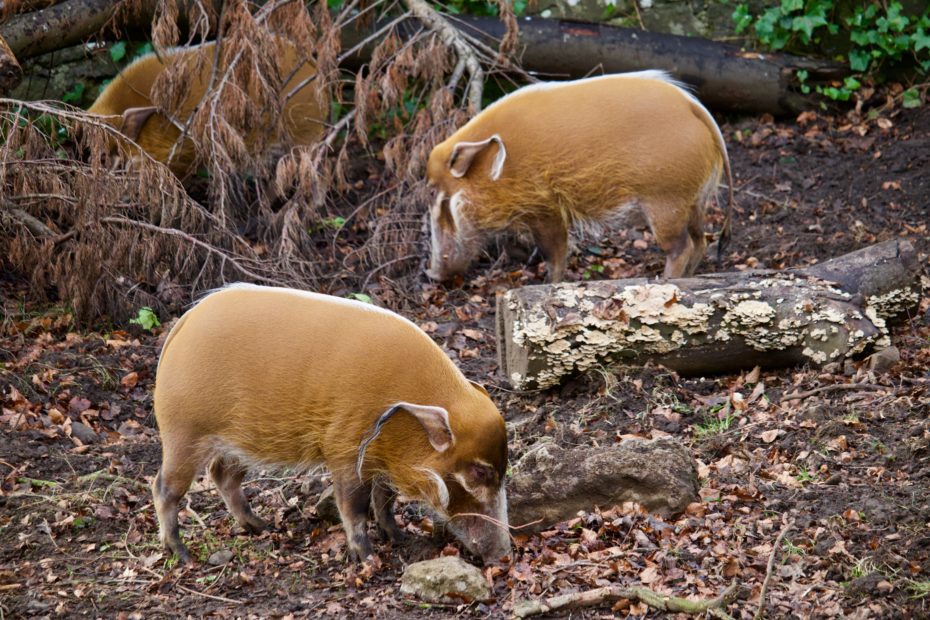Introduction:
Wild boar populations have become a growing concern in many regions due to their expanding numbers and the associated ecological and agricultural impacts. Wild boars are highly adaptable and prolific breeders, making them a formidable challenge to manage. This post explores the problems caused by wild boars and highlights the management strategies necessary to address this issue.
Ecological and Environmental Impacts:
Wild boars can have significant impacts on ecosystems. Their rooting behaviour damages vegetation, disturbs soil layers, and disrupts native plant communities. This activity can lead to soil erosion, reduced water quality, and loss of habitat for other species. In some cases, wild boars can outcompete native wildlife for food resources, negatively affecting biodiversity. Additionally, their wallowing behaviour can degrade water bodies, impacting aquatic ecosystems.
Agricultural and Economic Impacts:
Wild boars pose a considerable threat to agriculture. They feed on crops, particularly grains, fruits, and vegetables, causing significant damage to agricultural fields. Their foraging activities can lead to economic losses for farmers and compromise food production. Furthermore, wild boars can transmit diseases to livestock, posing risks to the farming industry.
Management Approaches:
- Hunting: Controlled hunting is a common method used to manage wild boar populations. Licensed hunters, often working in teams, can help reduce boar numbers and mitigate their impact on ecosystems and agriculture. Hunting should be regulated, targeting specific areas and seasons, and conducted by skilled hunters to ensure humane and effective population control.
- Trapping and Relocation: Trapping techniques, such as corral traps and box traps, can be employed to capture wild boars. Once captured, boars can be relocated to areas with lower population densities or used for research purposes. However, care must be taken to ensure that relocation does not introduce boars to new environments where they may become invasive or negatively impact local ecosystems.
- Fencing and Deterrents: Installing sturdy fencing around agricultural areas can help prevent wild boar access. Electric fencing can be particularly effective in deterring these animals. Additionally, visual and auditory deterrents, such as scarecrows or noise devices, can be employed to discourage boars from entering specific areas.
- Public Education and Awareness: Raising awareness among the public about the ecological and economic impacts of wild boars is essential. Educating communities about responsible waste management, which can reduce the availability of food sources for boars, can be beneficial. Informing the public about appropriate actions when encountering wild boars, such as not feeding them and maintaining a safe distance, can also help minimize conflicts.
- Collaboration and Research: Effective wild boar management requires collaboration between government authorities, wildlife agencies, farmers, and researchers. This collaboration can facilitate the development of comprehensive management plans, the sharing of best practices, and the implementation of innovative approaches. Research efforts should focus on understanding wild boar behavior, population dynamics, and the ecological impacts they have in different habitats.
Conclusion:
Addressing the problems caused by wild boars requires a multifaceted approach that combines hunting, trapping, fencing, public education, and collaboration between stakeholders. Effective management strategies should aim to reduce wild boar populations to sustainable levels while considering the ecological balance and the needs of agricultural communities. By implementing proactive and responsible management practices, we can minimize the adverse effects of wild boars and protect both the environment and agricultural interests.
